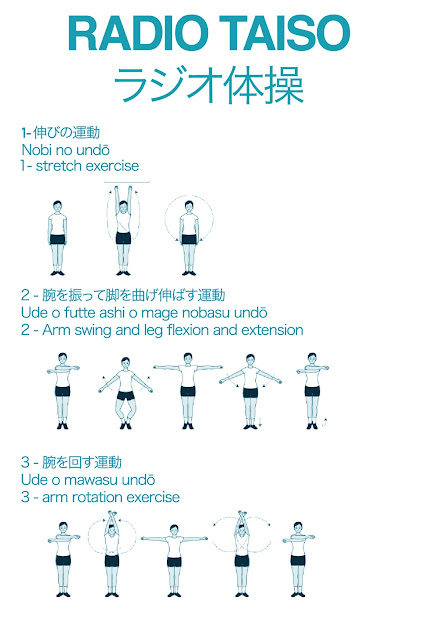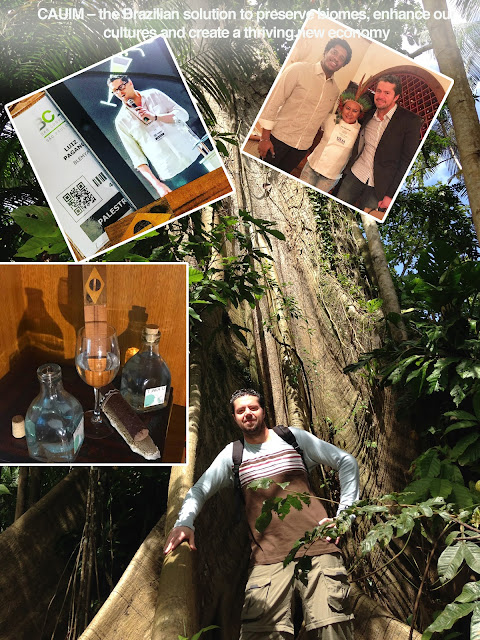 |
| Luiz Pagano no Chemical Bank New york e em Chicago. ft business press |
My story of love for food and drink and its cultural implications begins in November 1996, due to a state of deep emotional, mental and physical exhaustion caused by excessive and prolonged stress, known today as Burnout Syndrome.
At the end of 1996 I was almost reaching my main career objective, to be a desk operator for a large international bank - I had great experience with exchange operations, since my internship in April 1989 at Banco Noroeste I had already worked in the export & import departments, centralized accounting and, at that point, I was assisting traders at Dealing Desk of the Brazilian branch of Chemical Bank in Brazil (Banco NorChem, former partnership between Banco Noreste and Klabin), the third largest bank in the United States at the time, with approximately US$182.9 billion in assets and more than 39,000 employees worldwide.
As I have a degree in business administration and a postgraduate degree in international business, I love and study languages and I wanted to know the countries of the world, I thought that the financial market would be my gateway, when in fact it almost led to my premature death.
The burnout caused me some important psychosomatic effects, such as selective memory loss, high blood pressure and vitiligo, but the mental impacts were the most important, as it provided me with all the necessary impetus to redirect my life and remake my goals.
 |
| Nochem Dealing Desk in Brazil 1995 ~1996 (partnership of Chemical Bank and Banco Noroeste) |
I took advantage of my resignation from the bank to change my life, I decided, through my brother-in-law at the time, to bring DCS Patio Heaters and other professional kitchen equipment from California.
In the short time I worked on this endeavor, I got to know several bars and restaurants, as well as their chefs, I understood how much the relationship between food and drink works as a physical form of cultural assimilation by its consumers and brought me a new dimension of how to grow in my purpose to connect and integrate cultures around the world.
I realize now that it was the perfect decision, I stopped visiting offices around the world to really have a complete immersion in the culture of the peoples worldwide.
It didn't take me long to partner with the best salesperson I've ever met, Mauricio Bozzi, to create Bozzi & Pagano, a company specialized in introducing new products to Brazil.
 |
| Luiz Pagano and Mauricio Bozzi da Bozzi & Pagano at an event with a representative of Russian culture. |
Bozzi & Pagano's proposal was to use my experience with administrative processes and Mauricio's sales talent to introduce products with some degree of difficulty in the Brazilian market, and our clients were:
DCS do Brasil (1997 ~ 2007) - Introduction of heaters for outdoor areas manufactured by the American DCS and a line of professional stoves & ovens, as well as the opening of two proprietary stores, one at Rua Gabriel Monteiro da Silva (the most important street of decoration stores in São Paulo) and another one at São Paulo Shopping Mall D&D.
 |
| Luiz Pagano and Luciano Boseggia, chef at Fasano at the time, at the event Boa Mesa Rio de Janeiro 1997 - commercial line of professional kitchen equipment from DCS (Dynamic Cooking Systems) |
Dynamic Cooking Systems, better known as DCS, was founded by Surjit Kalsi, Roberto Bernal and Randy Rummel in 1988 in Los Alamitos - CA, after being fired from Vulkan.
Flash Power (abril de 1997 ~ 1999)- Creation and execution of a special sales team, a specialized team with excellent results 2 years before the product was regulated by the Ministry of Health.
 |
| We even had monthly results with more than 40,000 boxes sold per month, through injunctions, even before the regularization of the energy drink market in the country. |
Flash Power started its operations through Lizu Trading, in 1994 in Austria, based on the Thai invigorating drink called Lipovitan-D (Osotspa of Thailand, under license of TAISHO PHARMACEUTICAL - TOKYO), and was launched in Brazil in 1997 brought by visionary Austrian entrepreneur Udo Holler.
Flash Power opened the doors to the energy drinks segment, as did Red Bull, a company in which I had the privilege of being the first On Premise Manager in Brazil
Grupo ZAO Veda - ЗАО «Веда» (November 2005 ~ December 2007)- Once again Bozzi & Pagano anticipates trends and introduces vodkas from St. Petersburg to the Brazilian market. Russkiy Razmer vodka (Русский Размер) was St. Petersburg, until the death of Kiril Ragozin, owner of the company in 2005.
Arriving before the right moment is a risk for the innovator
Successes and failures are interspersed along the way
One of the most emblematic cases I experienced with regard to innovation errors was with the Sub Zero brand, one of the first RTD “ready-to-drink” alcoholic beverages in Australia and the world.
With 5.5 ABV, it was a crystal beer, without hops, with Citrus/Lime extract manufactured by the Australian Foster's and represented in Brazil by Madasa, a company in which Luiz Pagano was manager of the On Premise segment, As previously mentioned, in 1999, that same year Smirnoff launched a competitor to Smirnoff Mule, with vodka, ginger ale with lime/lemon flavor, which ended up not reaching Brazil strongly - both were flops...
I must say that we were in love with the maraca and the Sub Zero logo.
It had everything to work out, we had incredible launch parties in Campos do Jordão, the brand was strong, well, maybe the taste was a little cloying.
The fact is that the success of the RTD category only arrived in 2004, almost five years later with the multi-millionaire global launch of Smirnoff Ice, as well as with the necessary corrections to the flavor, target audience and price of the category.
These are some experiences that I am proud to share, I know that such examples may be all the reader needs to give a new impetus to a new career.
In short, the most daunting task in our working lives is the decision to change direction, to leave the job that is hurting your life and to pursue the best option available. I understand now that even if you find it difficult to do this, nature will always find a way to transform your inner desires into all that you desire, all you have to do is to perceive this opportunity and go for the change.













































